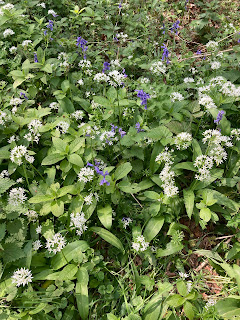Great Crested Grebe
A Great Crested Grebe swimming on the UEA lake. This was a lone grebe patrolling its territory and displaying in the hope of attracting a mate.
A spectacular bird with a head crest like the mane of a lion, the Great Crested Grebe (Podiceps cristatus) is the star of the UK breeding birds. Known for their elaborate courtship displays during the breeding season, it is difficult to overlook Great Crested Grebes when they are looking for a mate. The courtship display involves calling, swimming together, rising up out of the water and shaking their heads, and presenting each other with a beak full of water weed.
The same lone Great Crested grebe, swimming with head extended out in front of its body and low to the surface of the lake whilst calling.
A pair of Great Crested grebes displaying by following each other, the grebe at the back has its head thrown back over its body.
Despite their elegance on the water, Great Crested Grebes are rather clumsy on land, due to their legs being quite far back on their bodies, an adaptation to being more streamlined when swimming and hunting fish underwater. They therefore avoid becoming a target for predators by making their nests as floating rafts of water weed. When the young hatch they have black and white stripes (often described as humbug-like), possible camouflage amongst the reeds. When their young are still small enough, they are carried around on the backs of the adult grebes. There are around 5000 breeding pairs and 18,000 overwintering birds in the UK.
Despite their now widespread distribution, Great Crested Grebes were once threatened with extinction in the UK. There were only an estimated 30 pairs left in the UK in the 1860s. This was caused by their persecution to make feather plumes on hats and linings of capes. Conservationists worked hard to protect the species and end the popularity and trade of 'grebe fur', and now Great Crested Grebes are thriving.
.jpg)





Comments
Post a Comment